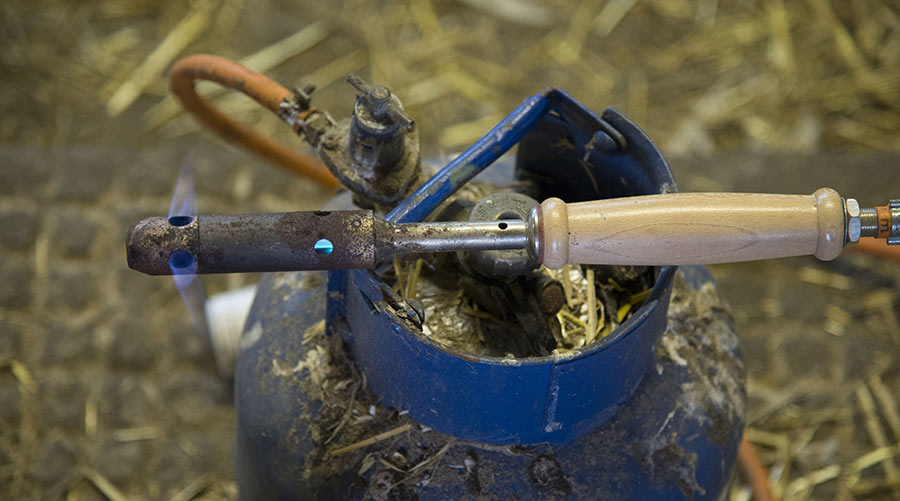Dehorning smoke contains toxic gases, scientists warn
 © FLPA/John Eveson/Shutterstock
© FLPA/John Eveson/Shutterstock Smoke released during cattle dehorning contains up to 12 times the safe level of a toxic gas linked to respiratory disease in humans, researchers have found.
Trials carried out by Linköping University in Sweden showed that smoke and fumes generated by dehorning contained isocyanic acid (ICA), along with hydrogen cyanide.
See also: New HSE rules on welding fumes come into force
The levels of the two chemicals, which cause chronic breathing disorders and lung disease, were 12 and nine times higher respectively than Sweden’s five-minute, short-term exposure limit.
Patients visiting the university’s clinic were found to have developed severe asthma and other breathing difficulties that had left them unable to work.
Report co-author and associate professor of occupational and environmental medicine Per Leanderson said it was the first time ICA had been isolated in dehorning fumes.
Prof Leanderson warned the presence of the gases meant workers could be at a higher risk of developing lung diseases than previously thought.
He explained that respirators designed to filter out smoke particles were not always sensitive enough to remove the gases.
“Anyone who carries out dehorning should invest in respirators that are capable of removing the gases or they risk suffering ill-health in the future,” Prof Leanderson added.
The study is published in the journal Archives of Environmental and Occupational Health as an Open Access paper and is free to download .
Lizzie Creed, a member of IOSH’s Rural Industries Group Committee, said: “I would suggest something along the lines of a half face mask but with A2B2E1 filters. A full face mask with the filter may be more appropriate, depending on the period of time vets, etc, will be working in the environment.
“The half mask can be worn with other PPE, such as safety goggles, but an important aspect is to make sure masks are fitted properly to ensure protection is being provided.
“There should also be a procedure for documenting when filters are swapped and checks should be made, as to the condition of the whole mask body, at regular intervals alongside following correct storage procedures.”
Which respirator do I need?
The Health and Safety Executive (HSE) has produced a guide to selecting the appropriate mask or respirator for different tasks.
Respiratory protective equipment at work – a practical guide explains which kit is needed to comply with the law.
The guide is free to download from the HSE website in PDF format. Alternatively the hard copy is available to buy from the HSE bookshop using the reference ISBN 978 0 7176 6454 2
